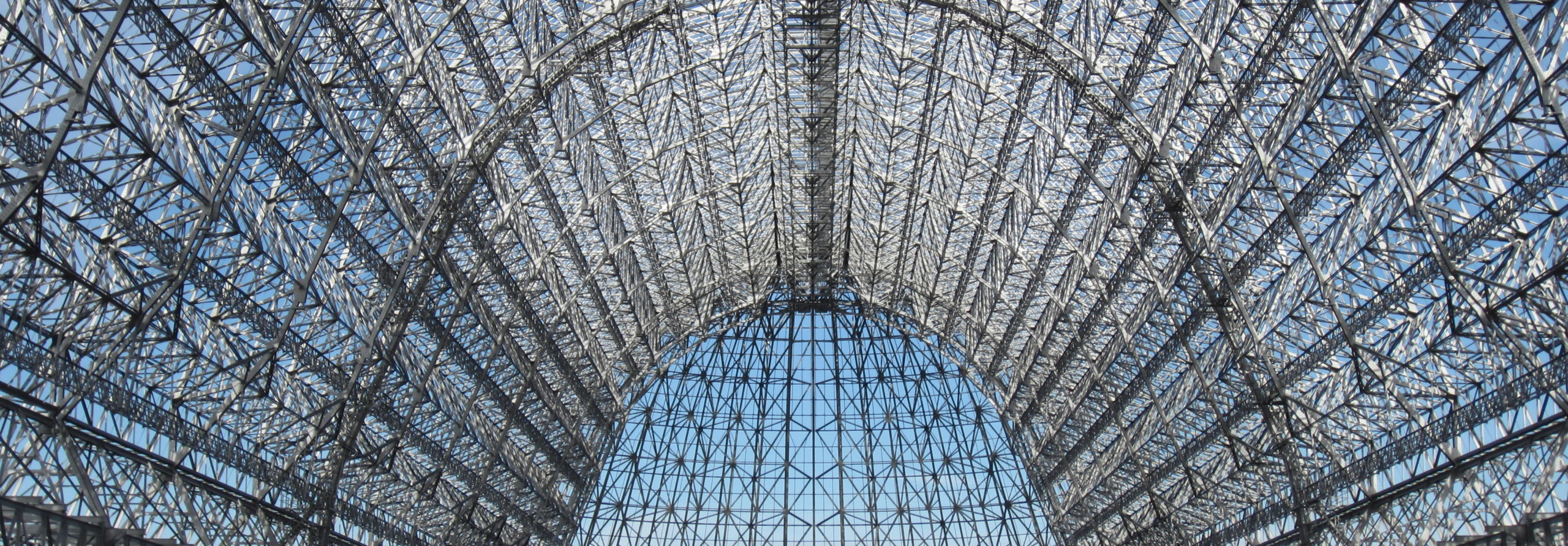Historical Sciences
There is considerable fact and fiction concerning historical sciences. Yet let’s clarify a few matters. Historical sciences can applying the physical sciences to the examination of physical historical artifacts. For example, the inks in an ancient document can be tested to better establish the documents age and authenticity. Archeology can examine physical remnants of societies to understand how past societies have lived, supported themselves and interacted with each other. Archeology is, in part, a historical science. In contrast, there is what could be called the science of history, in which the progression of history is analyzed using the scientific method. The science of history can go even further and draw from the unified approach used in the physical science such as physics, chemistry and geology.
One of the most prominent examples of historical science in fiction is the Foundation story series by science fiction author Isaac Asimov. The series takes place in the far future in which humans have settled the entire galaxy and governance has become consolidated in a galactic-wide empire. However, historical science (called psychohistory in those stories) has predicted the fall of that empire and plotted a plan for the gradual development of a new empire.
Several of the ideas concerning Asimov’s psychohistory have merit, but the portrayal of the way psychohistory plays out in those stories suffers from several deficiencies which make for a good story, but which may leave the reader with faulty impressions. Also, the proposed accuracy of this science, as portrayed, may be excessively optimistic. To be fair, Asimov does not appear to intend to present or advocate psychohistory in any sort of scientific way (this is fiction rather than peer-reviewed literature).
Article: Is Psychohistory Possible?

Credit: NASA